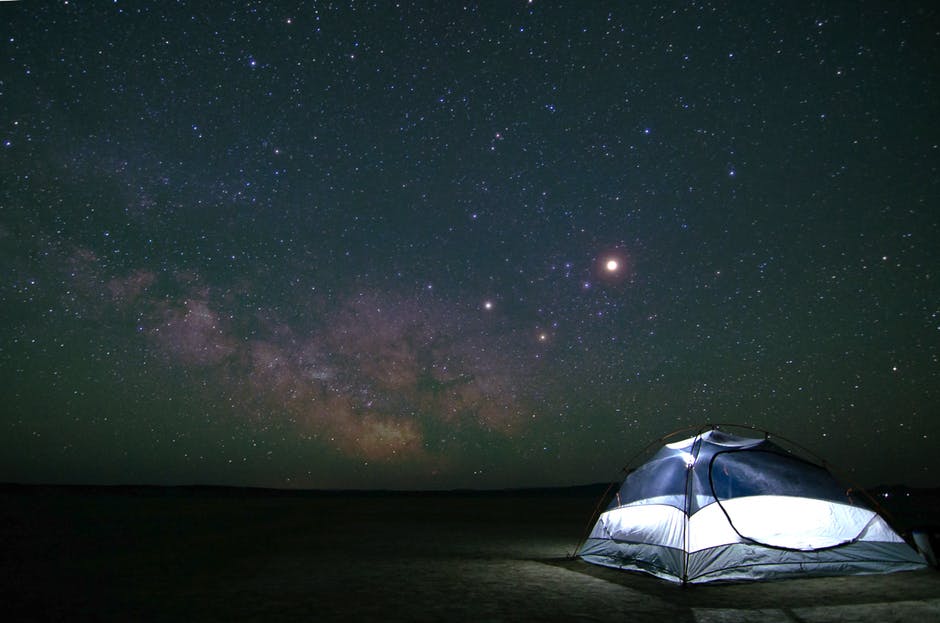Wilderness navigation techniques for beginners

You are finally hitting the trail and enjoying your first hiking experience. It seems like nothing can go wrong and you feel like you’re king of the jungle.
Of course, being new to the outdoors, there might be something about Nature that you don’t know. Yes, it’s totally cool that you have all the modern GPS gadgets with you but what’s not always cool is depend on them. You’re in a new environment where anything can happen and all to often fancy accessories won’t be of any use.

Can you imagine losing all your equipment due to pouring rain? Finding your way out will be difficult, isn’t it? Therefore learning some old-fashioned navigation techniques can be very useful, even essential.
Sun and shadows
The sun always rises in the east and sets in the west which makes it easy for you to find your current position.
An important fact about the sun positioning is that in the northern hemisphere the sun around noon is due south. While in the southern hemisphere the sun reaches its pick due north.
In the northern hemisphere, shadows move clockwise and counterclockwise in the southern hemisphere. So, keep this in mind when you’re making your calculations.

Shadow-tip technique
Place a stick or a branch into the ground on a spot where you can clearly follow the movement of the shadow. Mark the shadow’s tip with a stone or other object. The first position of the shadow always shows west, anywhere in the world. Then, wait for 10-15 minutes (longer if possible) and mark the new movement.
Stand between the two marks with your left side pointing the first mark which is west and your right side pointing the second mark which is east. Standing like this, you are facing North. This fact is true everywhere on the planet. Remember, the longer you can leave it, the more accuracy you’ll get from it.
Moon
If the moon rises before sunset, the illuminated side will be the west. If the moon rises after midnight, the illuminated side will be the east. This provides us with an east-west orientation during the night.

Stars and constellations
How you use stars to determine where the north depends on your location. If you are in the northern hemisphere, the constellations you need to use are the Big Dipper and Cassiopeia. The North star is always in the middle of these two. They never set, so it is very easy to find them.
If you are located in the southern hemisphere, you won’t be able to see the North star, but you can see the Southern Cross constellation.
To determine south, project a line going from the lowest star of this constellation straight down. Choose an object in the distance and connect your line to this, then you’ll know where south is.

With the help of these simple and efficient tips, you can be more secure that you will not get lost.
If you have any comments then please drop us a message on our Outdoor Revival Facebook page
If you have a good story to tell or blog let us know about it on our FB page, we’re also happy for article or review submissions, we’d love to hear from you.
We live in a beautiful world, get out there and enjoy it.
Outdoor Revival – Reconnecting us all with the Outdoors
